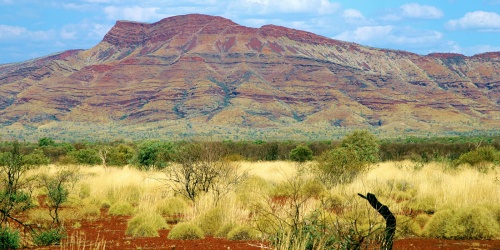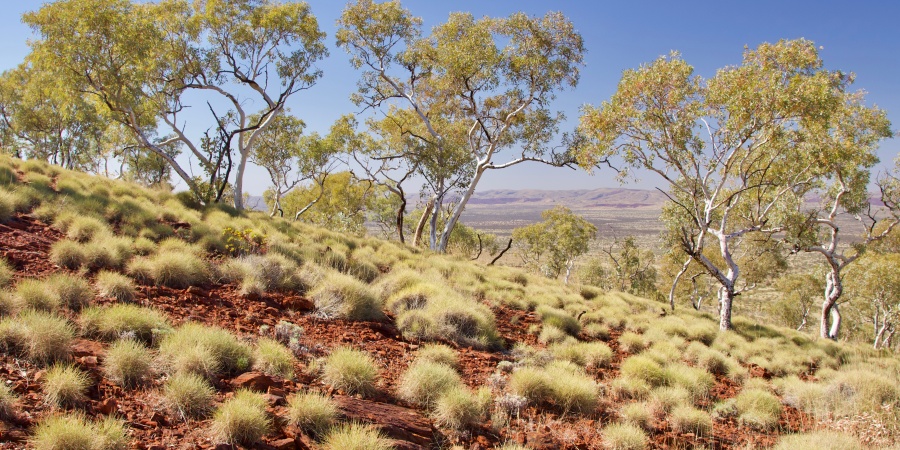
Karijini National Park. Photo – Judy Dunlop/DBCA
By integrating science, traditional knowledge and on-ground action to manage fire, weeds and feral animals, the Pilbara Conservation Project aspires to deliver better long-term conservation outcomes in Karijini and Millstream Chichester national parks to benefit Country and communities.
Rio Tinto has invested $8 million over five years to enable the Parks and Wildlife Service to enhance land management and support Banjima, Ngarluma, Wintawari Guruma, Yindjibarndi and Yinhawangka Traditional Owner involvement in the management of Karijini and Millstream Chichester national parks and locations of high value biodiversity in surrounding areas.
This partnership promises to deliver a collaborative approach for biodiversity and conservation in the Pilbara, by enabling:
- greater involvement of Traditional Owners in the conservation management of the project areas
- opportunities for Parks and Wildlife Service staff and Aboriginal Rangers to work alongside each other, build capacity for improved conservation management and enable two-way learning
- strategic and comprehensive threat management actions for fire, weeds and feral animals across the landscape
- new and innovative research to guide future management.
The project will deliver outcomes from the Pilbara Conservation Strategy and support the Enduring Pilbara vision.
Contact email: pilbaraconservationproject@dbca.wa.gov.au
Meet the project team
The Pilbara Conservation Project team consists of a science team and a land management team that deliver project activities in collaboration with each other.
Land management team
Teagan Johnston – Project manager
Dion Fraser – Aboriginal engagement officer
Pedro Palheiro – Regional leader fire management
Hamish Robertson – Regional leader conservation
Lily Robertson – Assistant operations officer
Tom Sullivan - Assistant operations officer
Science team
Adrienne Markey – Flora research officer
Matt Chick – Fire ecology research scientist
Jane Chapman – Remote sensing research officer
Paul Rampant – Remote sensing research scientist
Chloe McAuley – PhD candidate, Charles Sturt University
Traditional Owner groups
Parks and Wildlife Service aims to work with the Traditional Owners of the project lands through advisory committees for Karijini and Millstream Chichester national parks. Management actions for fire, weeds and feral animals will be planned and delivered with Traditional Owners as fully as possible.
The Traditional Owner groups of the project lands are:
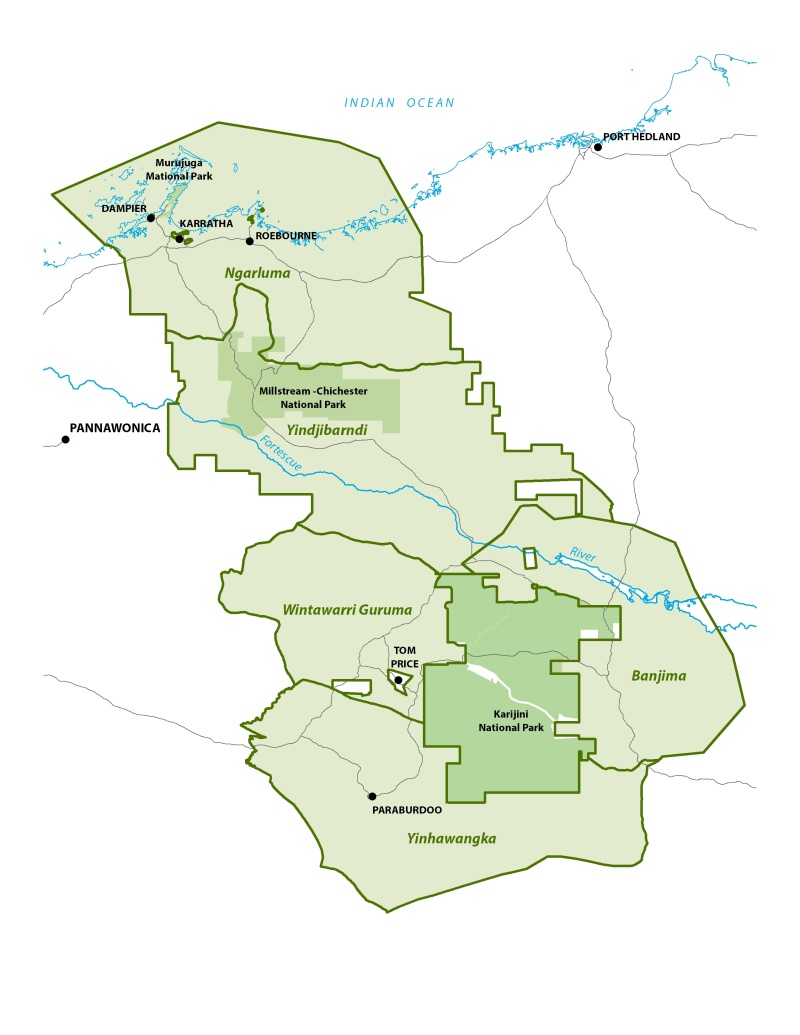
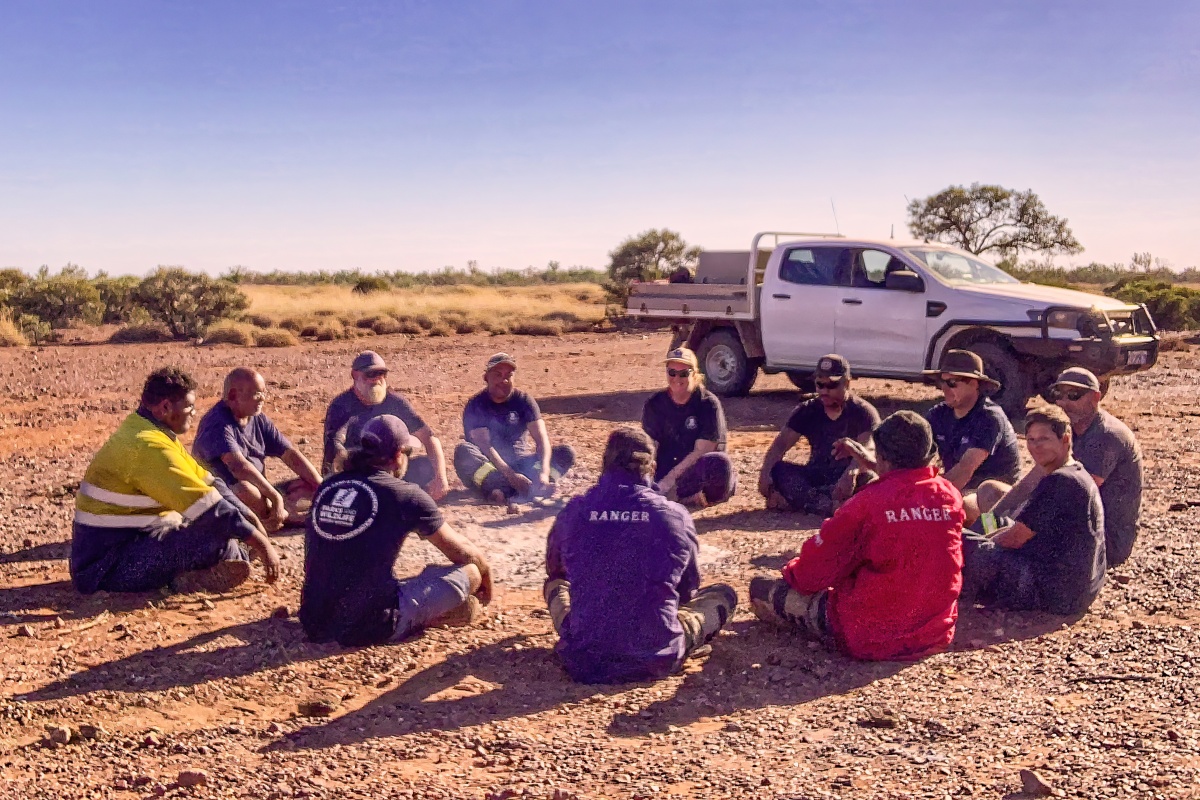
Cultural knowledge exchange. Photo - DBCA
Management of fire, weeds and feral animals
Rio Tinto’s investment in the Pilbara Conservation Project has enabled Parks and Wildlife Service to deliver landscape scale conservation management across Karijini and Millstream Chichester national parks.
- ‘Right way fire’: cool season prescribed burns to create a mosaic of fuel ages across the landscape to reduce the impact of hot season bushfires.
- Removing high priority weeds that impact on biodiversity and cultural values.
- Controlling feral animals so native plants and animals can thrive.

Prescribed burning in Millstream Chichester National Park. Photo - DBCA
Science
Improved understanding of key threatening processes on threatened and other important species and communities will underpin evidence-based land management. A multidisciplinary team of researchers from DBCA and various universities will execute the research program.
Key activities include:
- fire science and remote sensing:
- comparing different fire management strategies to reduce bushfire impact
- improved understanding of spinifex fire ecology
- fire scar mapping using satellite and remote sensing and spatial analysis statistics of fire regimes
- conservation significant fauna research:
- northern quoll: impacts of fire and feral cats on its ecology and movement - Chloe McAuley, PhD candidate, Charles Sturt University
- pebble-mound mouse: relationships between fire and pebble-mound mouse - Dr Renee Firman, UWA
- flora surveys:
- detailed vegetation maps of the Millstream Chichester and Karijini national parks
- identifying populations of threatened flora and their key threats
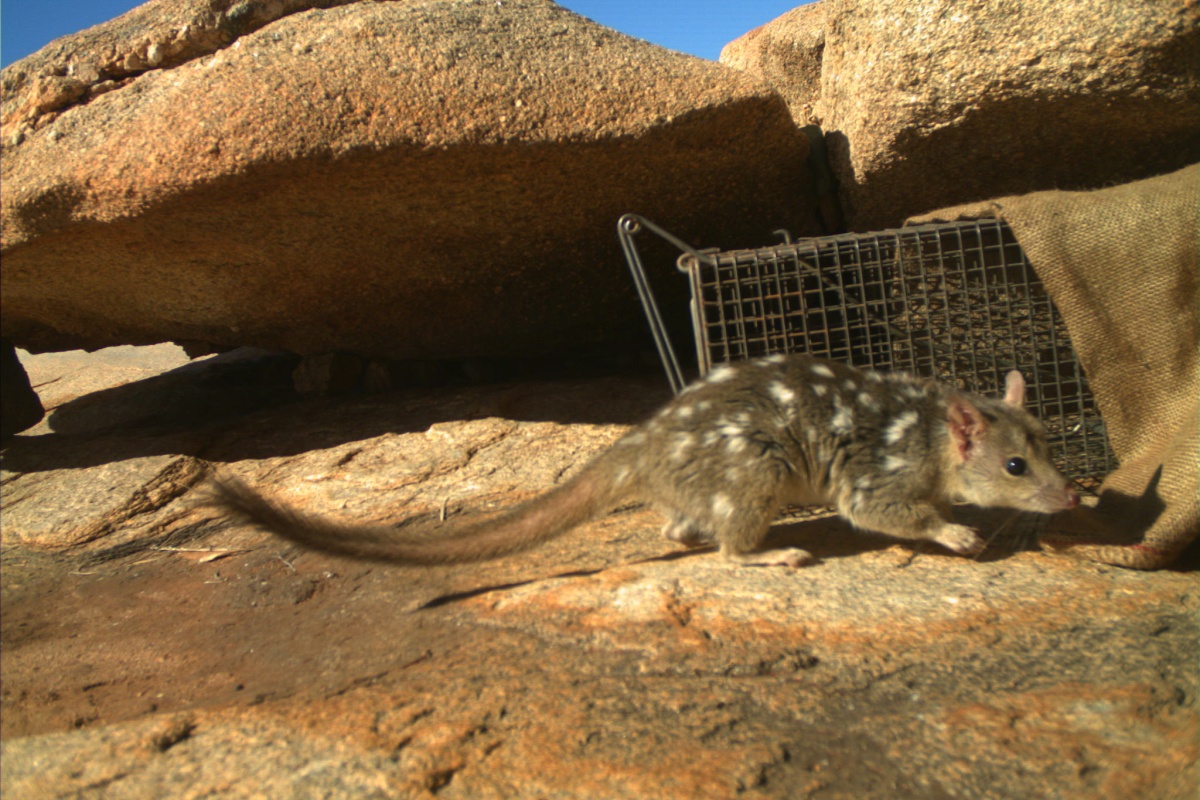
Northern quoll. Photo - Judy Dunlop/DBCA
Conservation significant animals found in the project area
There are several conservation-significant animals the project aims to protect.
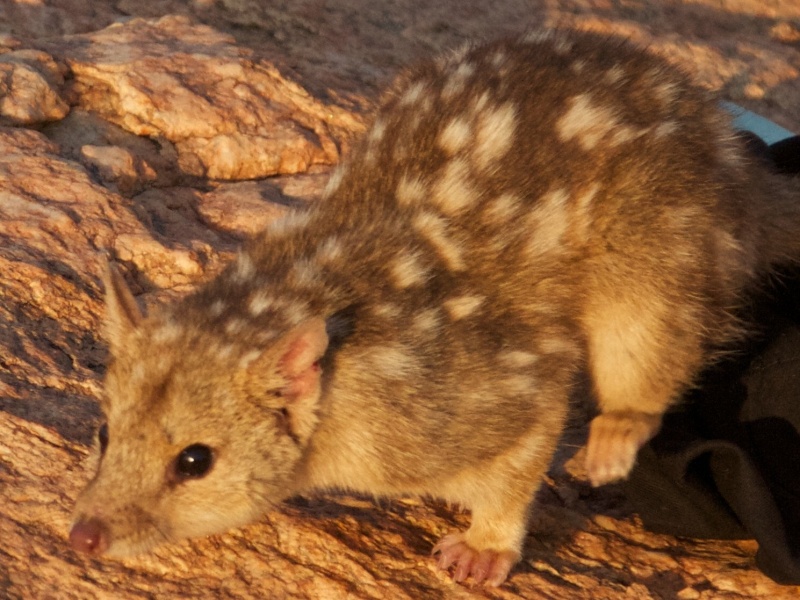
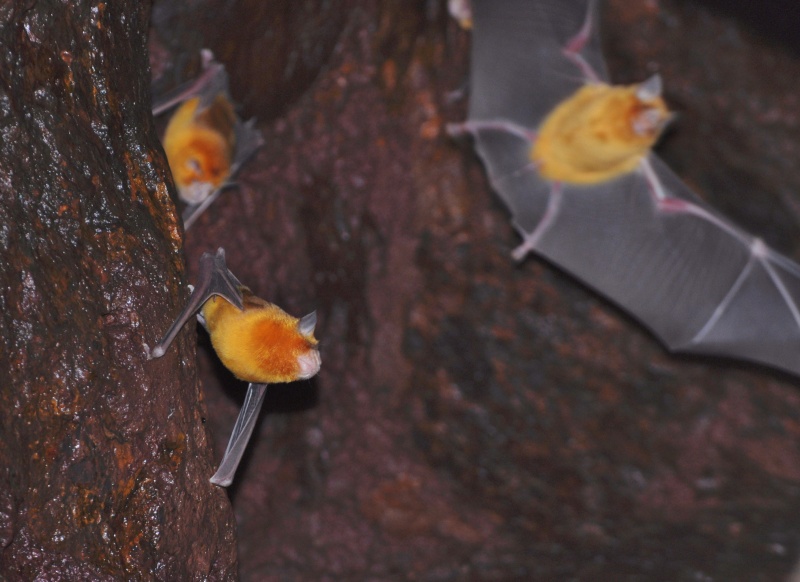
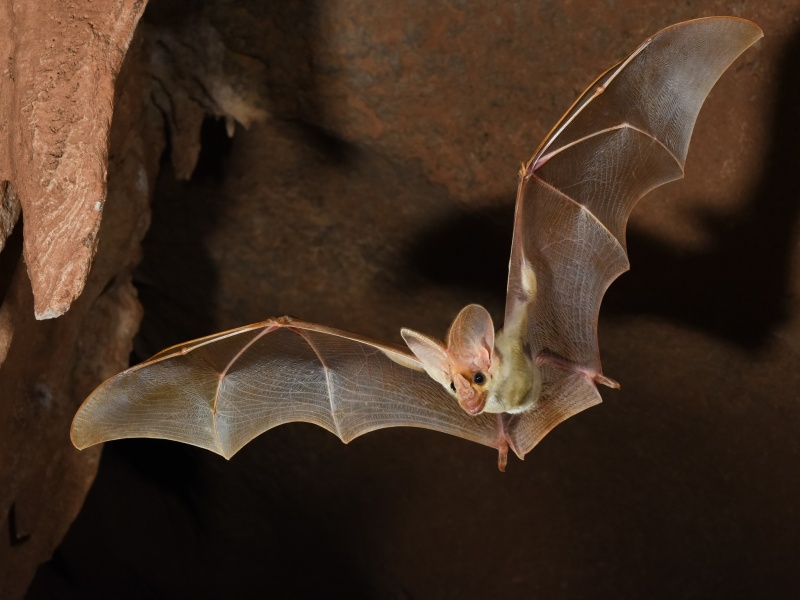

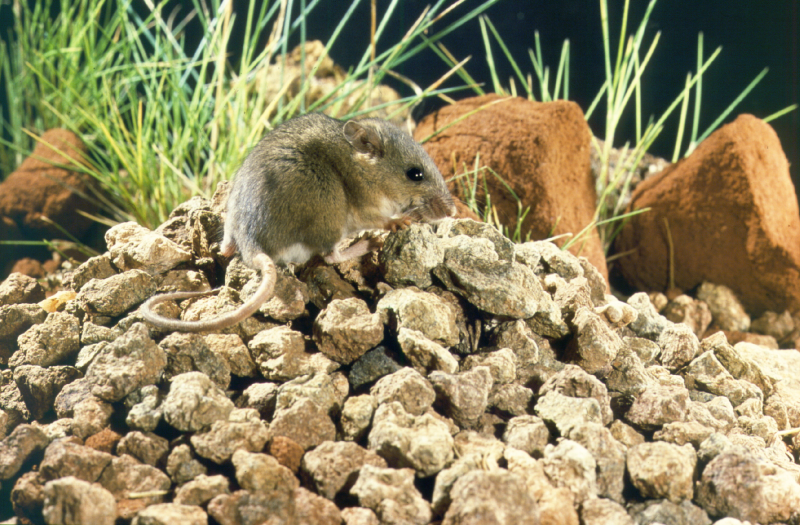
Discover more
Downloads

